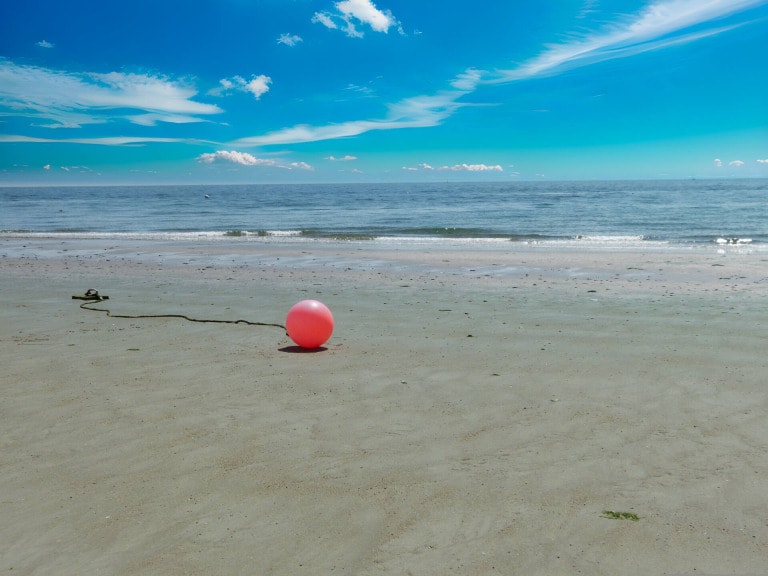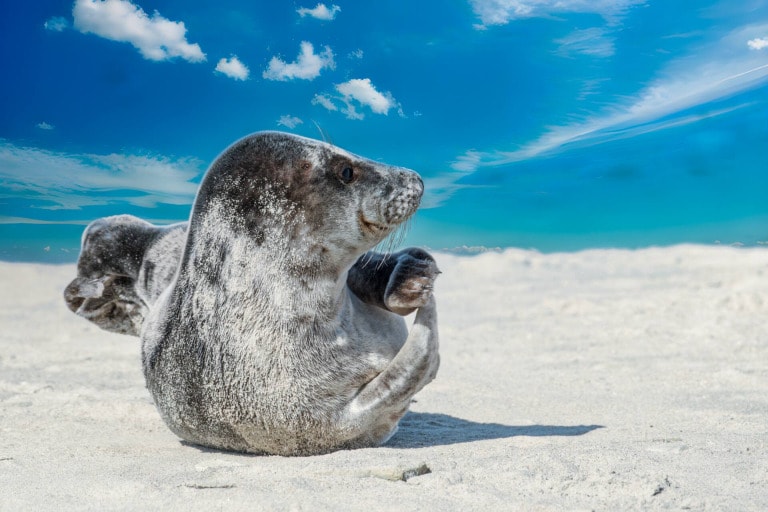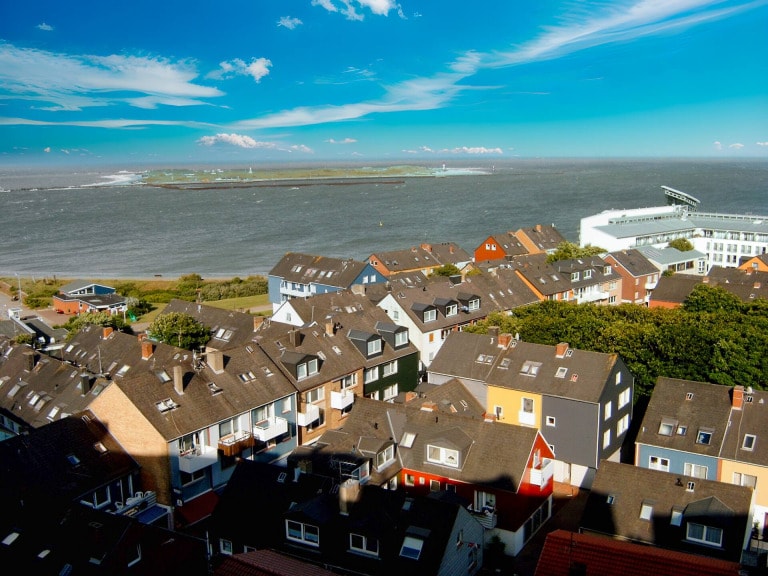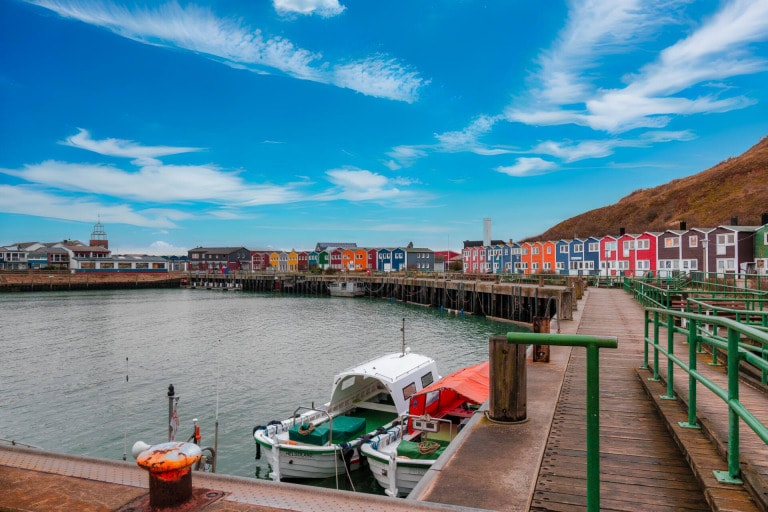At Heligoland enjoys a mild offshore climate with an average annual temperature of 9°C. The Gulf Stream warms the island and provides a rare winter season, which is the mildest in Germany. It rarely gets colder than -5°C.
Spring is rather cool, but autumn is often still quite warm and characterized by precipitation. Due to the lake location and the location almost free of pollen, is Heligoland very tolerable for allergy sufferers. Overall, the island has more hours of sunshine than the German mainland. The best time to travel are the summer months, although the island is also charming in winter. Clean air and mild climate make the island a popular destination for city dwellers. The climate is so mild that even subtropical plants thrive, including fig trees and mulberry trees.
Heligoland weather
In Heligoland Helgoland enjoys a typical maritime climate throughout the year, with year-round precipitation and only slight diurnal temperature fluctuations. Compared to the German mainland, Helgoland has the mildest winter climate in Germany, averaging 6.4 °C, with winter lows below 0 °C rarely reached.
The Gulf Stream warms the North Sea and thus prevents cold northeasterly and easterly winds from eastern and northern Europe. Winter temperatures can therefore be up to 10 degrees higher than in Hamburg, for example, although there is often fog and little sunshine in winter. Spring starts late and temperatures usually do not rise significantly until May. In summer, temperatures are usually around 21 °C or just below, while at night it is hardly cooler at 13 to 16 °C. In addition, there is regular precipitation with alternating sunshine. In autumn, September often starts quite warm and lasts longer.
Autumn weather
In autumn there is more rain, temperatures are a mild 10 °C and there are about 15 to 20 rainy days per month. The average annual temperature is 9 °C, and the annual precipitation is about 700 mm. Extreme values of -11.2 °C were measured in February 1956 and +28.7 °C in July 1994. Helgoland has more hours of sunshine overall than the German mainland.






